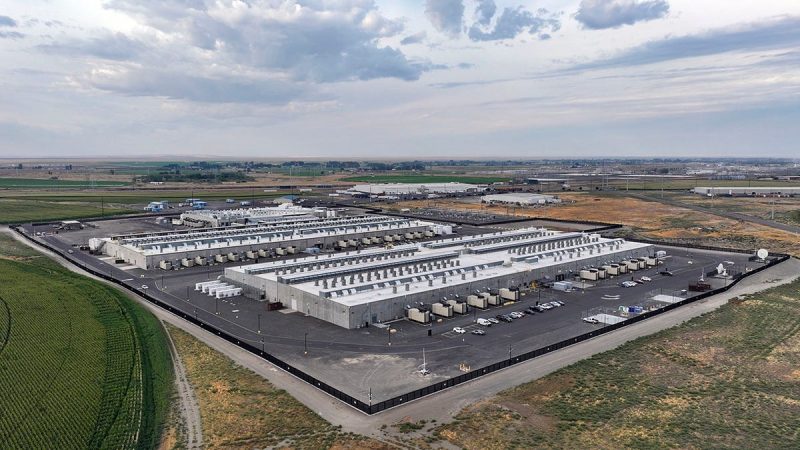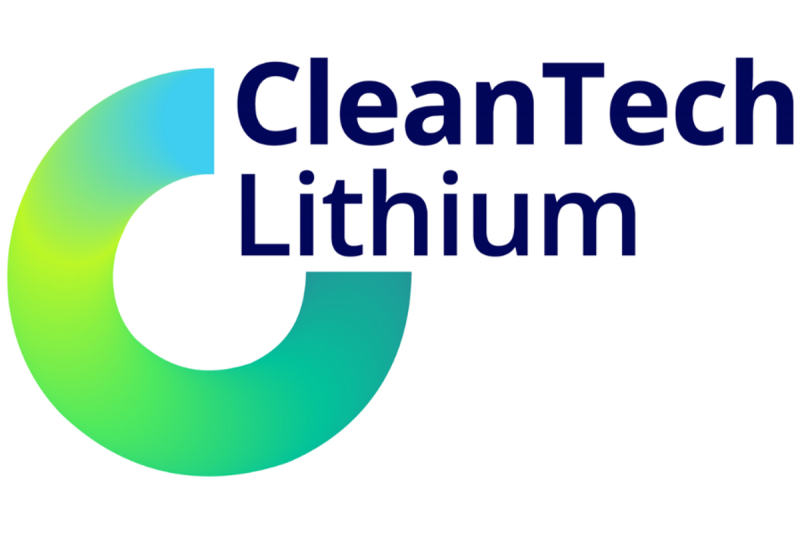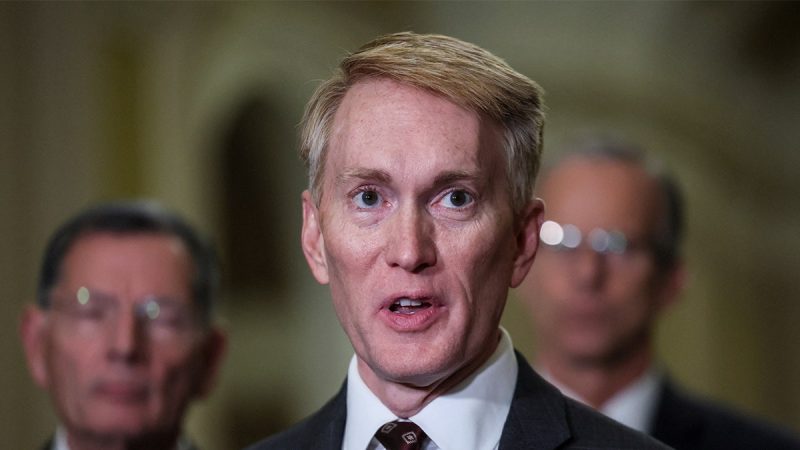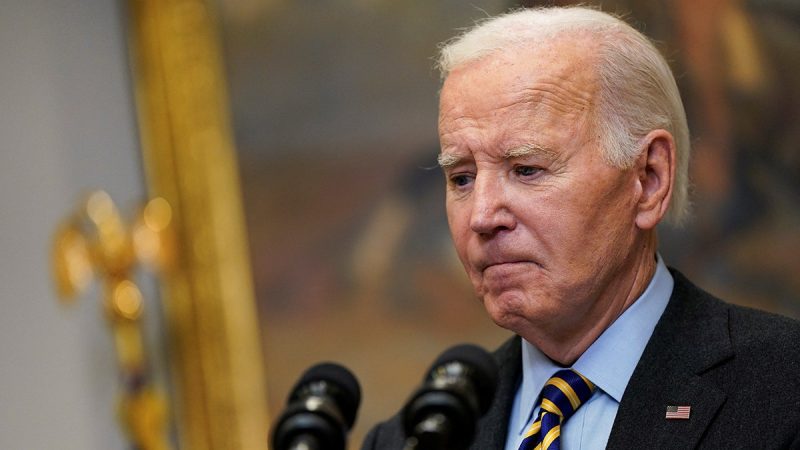
President Biden on Tuesday signed an ambitious executive order that he says will keep both national security and climate change in mind while fast-tracking large-scale artificial intelligence (AI) infrastructure in the United States.
Biden said in a statement released by the White House that the executive order will ‘accelerate the speed at which we build the next generation of AI infrastructure here in America, in a way that enhances economic competitiveness, national security, AI safety, and clean energy.’ It directs the Department of Defense and the Department of Energy ‘to lease federal sites where the private sector can build frontier AI infrastructure at speed and scale.’
‘The United States leads the world at the frontier of artificial intelligence (AI). Cutting-edge AI will have profound implications for national security and enormous potential to improve Americans’ lives if harnessed responsibly, from helping cure disease to keeping communities safe by mitigating the effects of climate change. However, we cannot take our lead for granted,’ Biden said. ‘We will not let America be out-built when it comes to the technology that will define the future, nor should we sacrifice critical environmental standards and our shared efforts to protect clean air and clean water.’
The order will ‘ensure that the infrastructure needed for advanced AI operations—including large-scale data centers and new clean power infrastructure—can be built with speed and scale here in the United States,’ Biden said, adding, ‘These efforts are designed to accelerate the clean energy transition in a way that is responsible and respectful to local communities, and in a way that does not impose any new costs on American families.’
‘Building AI infrastructure in the United States is a national security imperative,’ Biden said. ‘As AI’s capabilities grow, so do its implications for Americans’ safety and security. Domestic data centers for training and operating powerful AI models will help the United States facilitate AI’s safe and secure development, harness AI in service of national security, and prevent adversaries from accessing powerful systems to the detriment of our military and national security.’
‘It will also help prevent America from growing dependent on other countries to access powerful AI tools,’ he added.
Vice President Harris, who attended the first-ever global AI summit hosted in London in November 2023, said in a statement on Tuesday the ‘significant electrical power needs of large-scale AI operations also present a new opportunity for advancing American leadership in clean-energy technology, which will power our future economy.’ ‘By activating the full force of the federal government to speed up and scale AI operations here in the United States, we are securing our global leadership on AI, which will have a profound impact on our economy, society, and national security for generations to come,’ she added.
Under the new rules, the departments of Defense and Energy will each identify at least three sites where the private sector can build AI data centers. The agencies will run ‘competitive solicitations’ from private companies to build AI data centers on those federal sites, senior administration officials said.
Developers building on those sites will be required, among other things, to pay for the construction of those facilities and to bring sufficient ‘clean power’ generation to match the full capacity needs of their data centers. Although the U.S. government will be leasing land to a company, that company would own the materials it creates there, officials said.
Developers selected to build on government sites will be required to pay all costs of building and operating AI infrastructure so that development does not raise electricity prices for consumers, the administration said.
The orders also direct construction of AI data centers on federal sites to be done with public labor agreements. Some of the sites are reserved for small and medium-sized AI companies, according to government officials.
Government agencies will also complete a study on the effects of all AI data centers on electricity prices, and the Energy Department will provide technical assistance to state public utility commissions regarding electricity tariff designs that can support connecting new large customers with clean energy.
As part of the order, the Interior Department will identify lands it manages that are suitable for clean energy development and can support data centers on government sites, administration officials said.
‘The volumes of computing power, electricity needed to train and operate frontier models are increasing rapidly and set to surge even more,’ Tarun Chhabra, deputy assistant to the president and coordinator for technology and national security, told the Associated Press. ‘By around 2028, we expect that leading AI developers will be seeking to operate data centers with as much as five gigawatts of capacity for training AI models.’
Deploying AI systems at scale also requires a broader network of data centers across different parts of the country, he said.
The executive order comes on the heels of the Biden administration’s proposed new restrictions on exports of artificial intelligence chips, an attempt to balance national security concerns about the technology with the economic interests of producers and other countries. The Biden White House announced its ‘final rule’ on AI diffusion Monday, receiving blow-back from chip industry executives as well as officials from the European Union over export restrictions that would affect 120 countries.
‘We’re trying to strike the right balance between ensuring that the frontier of AI stays in the United States of America and our close allies, while also ensuring that the rest of the world can benefit from AI and get the hardware that they need to power AI applications going forward,’ National Security Adviser Jake Sullivan told reporters at the White House Monday. ‘We think this is, in a bipartisan spirit, the way to best preserve and protect America’s lead when it comes to artificial intelligence.’
The Associated Press contributed to this report.


























